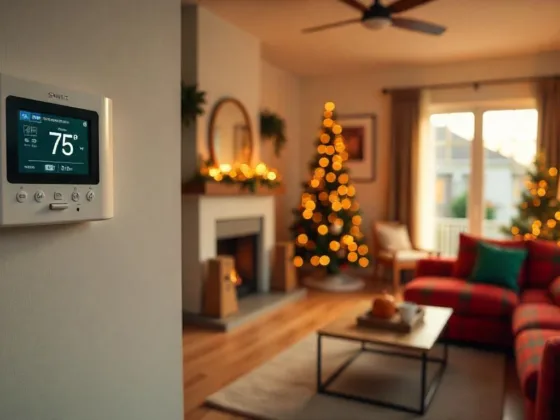Table of Contents Show
Are you deciding whether you should replace your door soon? Or are you hesitating because it might be a waste to change it now?

If you’re unsure, the key is to look out for clear signs that you should replace your doors. But if it’s more than a single crack or a broken hinge, how do you know it’s time? Here are five signs to help you decide whether you should switch out your doors with new ones.
1. Difficulty with Opening and Closing
It’s hard to miss a door that’s difficult to open or close. In some cases, it’s almost no longer functional. Usually, it means there’s a problem with the hinges or the door is uneven on the frame.
If those are the cases, your door would make loud noises with every swing. If the door sticks during winter, it could mean there are gaps around the frame. It’s often where light comes in from the outside.
Lack of maintenance is another reason why a door stops working. Maybe you had a broken hinge for a while but overlooked getting a replacement. Or perhaps the door lock got stuck but you have no time to repair it.
When these add up, it damages your door more. Your repairs could cost as much as a new door. In that case, you might as well replace it!
2. Major Weathering
Doors are one of the most used fixtures in the home, so it’s only natural to see them wear over time. All the slamming and knocking results in cracked doors, but you can let it pass with a few quick fixes.
A clear sign that your door has major damage is when it becomes warped beyond small cracks. Doors tend to expand and contract along with temperature changes. If you expose it to those changes too often or at extreme levels, they’re bound to warp.
Some doors don’t warp as much as wood doors. But that means they either corrode, crack, or break quickly. Sliding glass doors are an example you can check out. They use glass material, so it’s less likely going to change shape. Although there are durable options, their main downside is that they are fragile.
Read Also:
3. Door Has Drafts
Aside from warping, your door could have been drafted. That means it leaks outside air into your home, making it difficult for your HVAC to heat or cool rooms.
When you have a drafty door, your energy bills start piling up because you pay more to run your HVAC. At the same time, the temperature fluctuation makes the air inside your home feel uncomfortable. The thing is, it’s sometimes difficult to detect a door with drafts. Sometimes, the gaps are so small or thin that it goes unnoticed.
One way to check is by holding a candle close to the door frame. If the flame flickers toward the outside, there’s an air leak. Otherwise, your door is most likely fine. Inconsistent temperatures caused by a drafty door can lead to mold growth in your home. If you have glass doors, look out for moisture between the panes.
A few ways to fix drafty doors include different methods, like weather-stripping, caulk sealing, or insulating. You can even use simple remedies, such as filling the gaps with foam tape.
4. Severe Corrosion
Your door gets lots of exposure to a variety of conditions. So, it shouldn’t be a surprise if its metal parts start to corrode. But that doesn’t mean you should overlook it either.
Depending on the kind of door you have, the presence of rust may lead to damage enough for a replacement. If you own a metal door with severe corrosion, it’s best to change it before it harms you.
On the other hand, doors with fewer metal parts don’t always have to be replaced. There are ways to ensure they continue to work well, but some instances may lead to extreme rust buildup.
It often occurs when it gets exposed to moisture from the interior door frame. When the rust keeps collecting, the hinges could get stuck or maybe even break.
You can look out for signs that the rust is reaching unrepairable levels. If it seems unfixable, you might need to replace your affected doors.
5. No Longer Secure
Security is one of the main reasons doors exist. If your door has so much damage that it doesn’t protect you anymore, you should get a new one.
This includes problems like broken door locks or lack of cover. But note there are different kinds of doors, so these cases vary on their purpose. For example, a sliding door lacks a cover because it’s usually made of glass. Even so, they work perfectly fine.
Another is when your door has a dummy doorknob. It doesn’t come with a built-in lock because dummy doorknobs are for simple opening and closing or décor.
Before you decide to replace your doors, be sure you look into each of these components. That way, you don’t end up throwing out or changing parts with no issues.
Look Out for These Signs to Replace Your Doors
Doors are prone to wear and tear due to constant use and exposure to varying climates and conditions. You’ll find small cracks or other minor damage here and there, but that’s fine!
While those aren’t enough reasons to replace your doors, there are a few signs that indicate you should. It includes corrosion, moisture issues, severe warping, or even trouble functioning.
What do you think? If you want to learn more tips like these, check out the rest of our blog.









